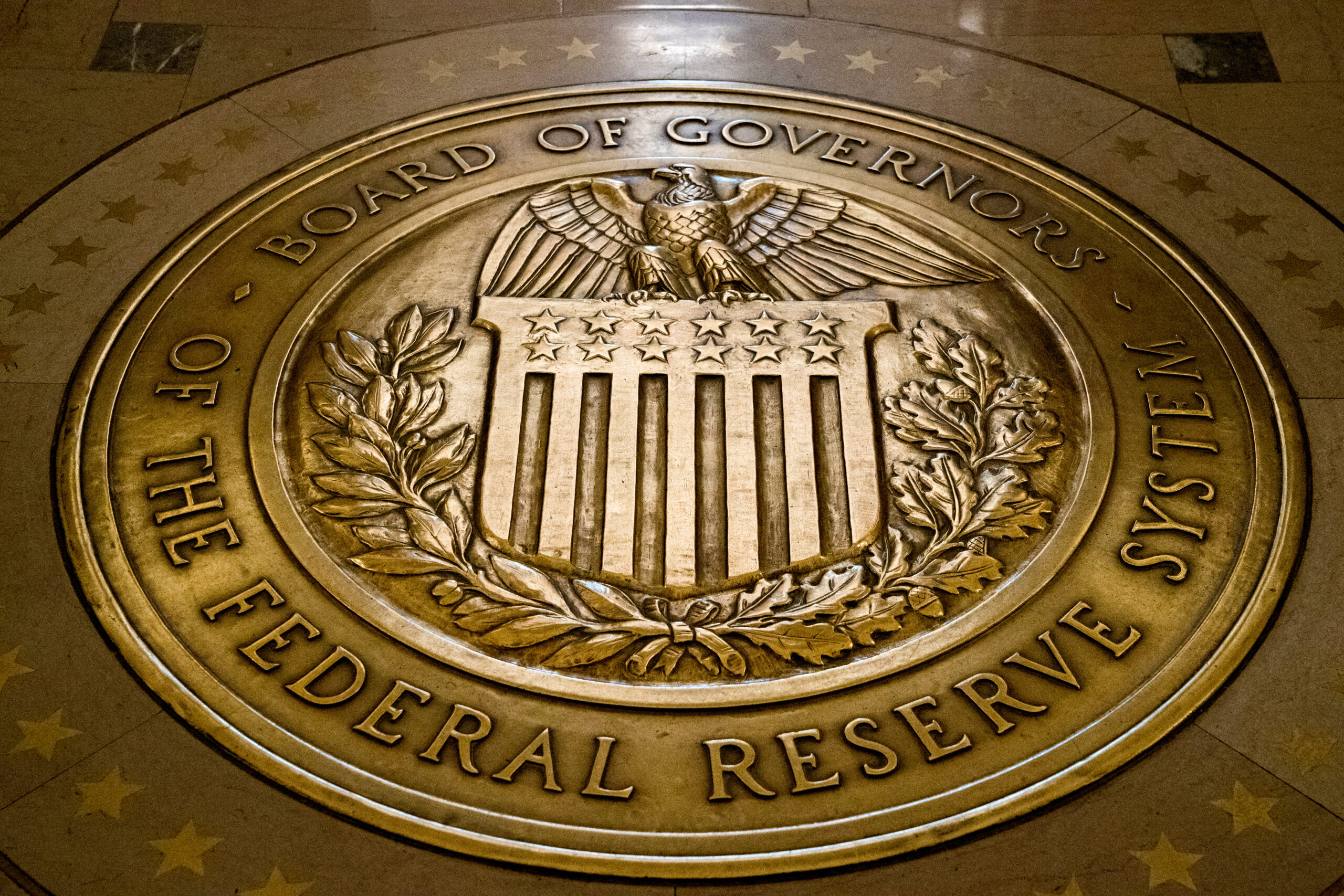
The Federal Reserve raised short-term interest rates Wednesday, a widely expected move that President Donald Trump has called “foolish” but the central bank felt was necessary to keep the U.S. economy thriving.
The Fed believes this rate increase will keep the economy from overheating, but the central bank downgraded its economic outlook for 2019 and indicated fewer rate hikes next year.
In September, the Fed predicted it would do three more interest rate hikes in 2019. Now the Fed predicts two hikes, a sign of more caution. Fed leaders also lowered their growth forecast for next year from 2.5 percent to 2.3 percent, a signal that headwinds are rising. The central bank said it was closely watching “global economic and financial market developments.”
“The Fed is now acknowledging some of the early signs of weakness in the economy,” said Lindsey Piegza, chief economist for Stifel Fixed Income. “Fed officials see the expansion slowing and potentially coming to an end so there is no longer a need going forward for aggressive hikes like we had in 2017 and 2018.”
The latest move by the Fed brings interest rates a quarter point to a range of 2.25 percent to 2.5 percent, the highest rate in more than a decade. It will make it more expensive for Americans to borrow money from the bank or on their credit cards.
But the new rate is still low by historical standards and the Fed said in a statement that the rate hike was justified because job gains have been “strong,” inflation remains tame and consumer spending, which powers U.S. growth, “has continued to grow strongly.”
“Economic activity has been rising at a strong rate,” the Fed said in a statement, adding that “some further gradual increases” in rates are likely needed.
The decision Wednesday to hike rates was unanimous with all 10 Fed leaders voting in favor of the increase.







